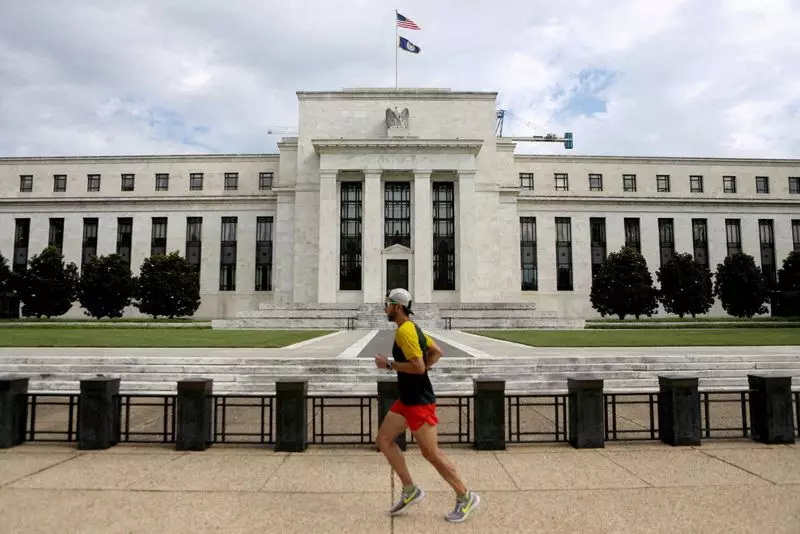The past two years have seen the Federal Reserve implementing steep interest rate hikes in an attempt to slow down the U.S. economy. However, despite this tightening, the overall impact on the economy has been surprisingly minimal. U.S. real GDP has continued to show growth rates exceeding 2% in most quarters since the middle of 2022. Even the stock market has remained strong, reaching close to record highs. This resilience raises questions about whether the economy has become desensitized to changes in short-term borrowing costs.
Several theories have been put forward to explain the economy’s resilience to high rates. The unique circumstances of the COVID-19 pandemic years, including substantial household savings and government spending prior to the tightening, have played a role. Additionally, high levels of fixed-rate debt, particularly in mortgages, have contributed to this phenomenon. One of the most striking factors has been the elevated aggregate corporate cash levels, which have offset the increase in debt servicing costs for small firms.
With interest rates expected to come down again, the Federal Reserve is preparing to ease monetary policy. However, given the limited impact of rate hikes on the way up, questions arise about the effectiveness of pushing rates extremely low to stimulate the economy in case of a recession. While some analysts believe that the impact of higher rates has been delayed, others argue that corporate borrowers have been able to refinance their debt without major issues, even at higher rates.
As the Fed considers its next moves, uncertainty looms regarding the transmission of monetary policy to the private sector. Yves Bonzon, Chief Investment Officer at Julius Baer, highlights the high level of uncertainty, pointing out that interest rates rose mainly to rein in an income-driven economic expansion. The complex picture of the current economic landscape should prompt caution in the Fed’s decision-making process, as the consequences of aggressive rate cuts remain uncertain.
There is a significant debate surrounding the Fed’s motivations for easing monetary policy. Some believe that the Fed is easing to offset signs of an impending recession, while others argue that the central bank is simply recalibrating in response to moderated inflation rates. The outcome of this debate will influence the extent of policy rate cuts and the behavior of credit spreads, particularly in high-yield credit markets.
As the Fed navigates the challenges of interest rate policy in a changing economic environment, uncertainties remain about the future trajectory of the economy. Investors should brace themselves for potential volatility in the coming months as the market reacts to the Fed’s decisions. The puzzle of interest rate hikes and their effectiveness in a downturn remains a complex and evolving issue that will shape the economic landscape in the near future.

